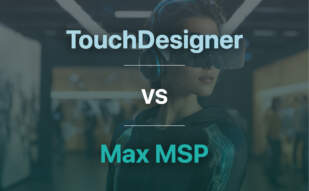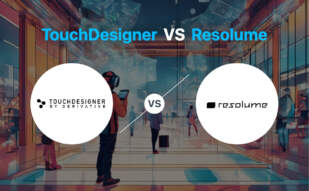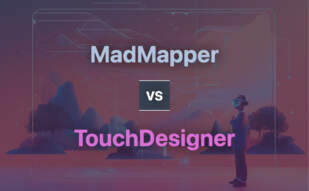TouchDesigner is perfect for technologists aiming for real-time interactive multimedia content and immersive experiences. Its scalability and wide range of functionalities make it versatile. On the other hand, Jitter, with the capability to manipulate digital audio signals effectively, is preferred for audiovisual projects and live performances.

Key Differences Between TouchDesigner and Jitter
- Coding: TouchDesigner uses node-based visual programming, while Jitter employs visual programming for music and multimedia.
- Primary Purpose: TouchDesigner works best for real-time interactive media, Jitter excels at real-time audio and video synthesis.
- Third-Party Development: Only Jitter allows for third-party development of new routines or external objects.
- Operating Systems: TouchDesigner is compatible with Windows and MacOS, while Jitter’s compatibility isn’t specified here.
- Sound reproduction: Jitter is known for efficiency and accuracy in sound reproduction.
| Comparison | TouchDesigner | Jitter |
|---|---|---|
| Type | Real-time interactive multimedia content platform | Visual programming language for music and multimedia |
| Main Features | Covers 2D and 3D production, includes rendering and compositing, workflow, scalable architecture, video and audio in and out, procedural OpenGL compositing, and effects pipeline. | Real-time sound synthesis and manipulation of digital audio signals, real-time audio and video synthesis and processing in live music performance |
| Interoperability | Device and software interoperability, scripting and programming | Modular with routines as shared libraries, allows for third-party development |
| Applications | Immense experiences, interactive installations, performance tools for lighting/live shows, generative visuals | Recordings, performances, installations, real-time sound synthesis, and manipulation |
| Development | Derivative, led by Greg Hermanovic, Rob Bairos, and Jarrett Smith | Began development in 1985 by Miller Puckette at IRCAM in Paris, later commercialized by David Zicarelli through Cycling ’74 |
| Platform Compatibility | Compatible with Windows and MacOS | Compatible with systems running Max 8 |
| Unique Features | Node-based visual programming for real-time interaction | Proven to eliminate interface jitter below audibility level |
| Historical Use | Originally used Houdini 4.1 code base as initial scaffolding | Earliest recognized use in composition for 1988 piano and computer piece “Pluton” by Philippe Manoury |
What Is TouchDesigner and Who’s It For?
TouchDesigner, a node based visual programming language, offers real-time interactive multimedia content. This brainchild of the Toronto-based firm, Derivative, is an indispensable tool for artists, programmers, designers, or performers keen on creating immersive experiences, interactive installations, or performance tools for live shows. TouchDesigner extends its reach to an array of 2D and 3D production sectors, providing encompassing features like rendering and compositing, workflow and scalability, video and audio support, video mapping, animation, and more.
Whether it’s a novice dipping toes in the creation substrate or seasoned professionals crafting engaging visual narratives, TouchDesigner serves as a launchpad to greater creativity and innovation. With no prior knowledge of TouchDesigner or Python required, its comprehensive courses and scholarship diversity programs propel aspiring enthusiasts into the realm of interactive installation and generative art.
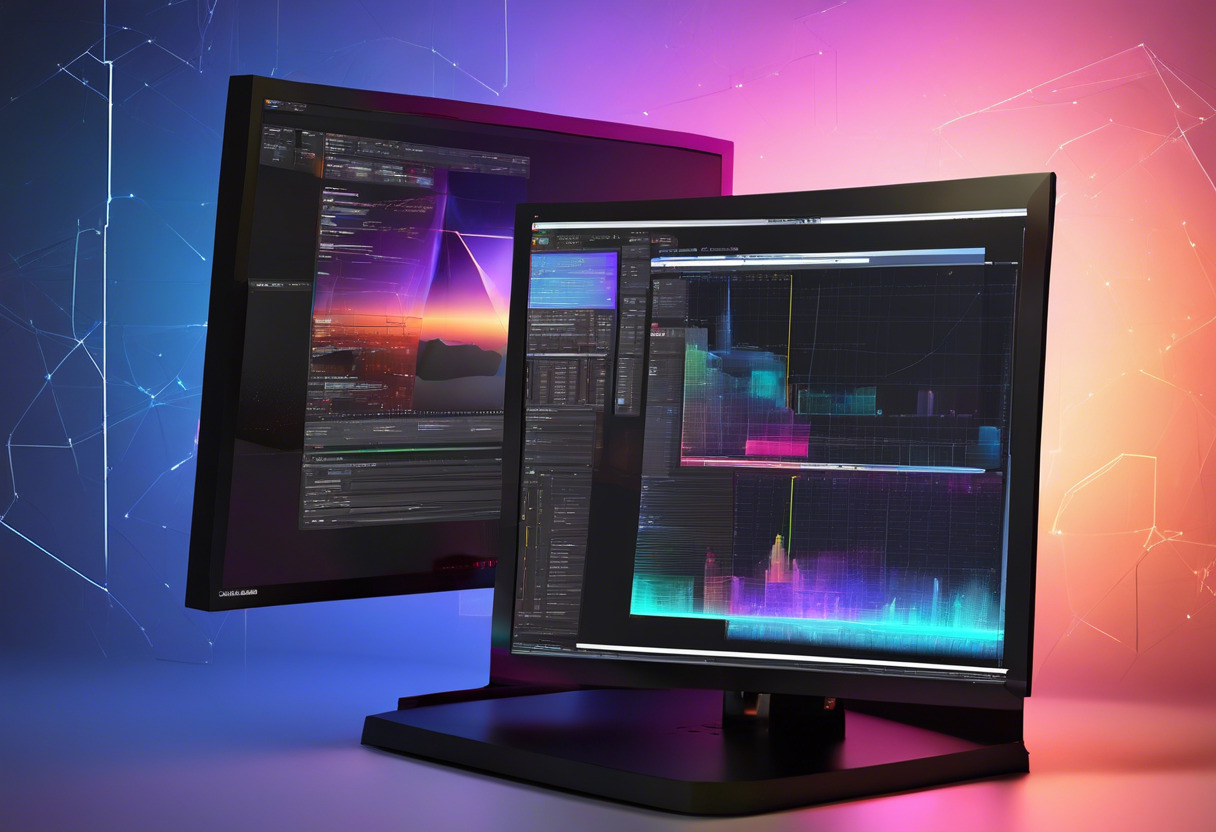
Pros of TouchDesigner
- Encompassing 2D/3D content creation tool, catering to varied professions
- Real-time interactive multimedia content production
- Offers wide spectrum of applications and features
- Scalable and adaptable to versatile user requirements
- Inclusive learning through programs and courses
Cons of TouchDesigner
- May present a steep learning curve for beginners
- Operational complexity with myriad features and applications
- Limited operating system compatibility (Currently only Windows and MacOS)
What Is Jitter and Who’s It For?
Jitter, a visual programming language focusing on music and multimedia, is the creation of San Francisco-based software company, Cycling ’74. Highly favored by composers, performers, software designers, researchers, artists, and anyone immersed in the creation of performances, recordings, and installations, Jitter provides a modular platform that enables third-party development of novel routines.
From real-time sound synthesis that manipulates digital audio signals to real-time audio and video synthesis during live performances, Jitter has been influencing artful creations since 1985. When it comes to eliminating interface jitter below audibility levels, Jitter’s performance remains factual and unswerving, despite varying subjective opinions on sound quality.
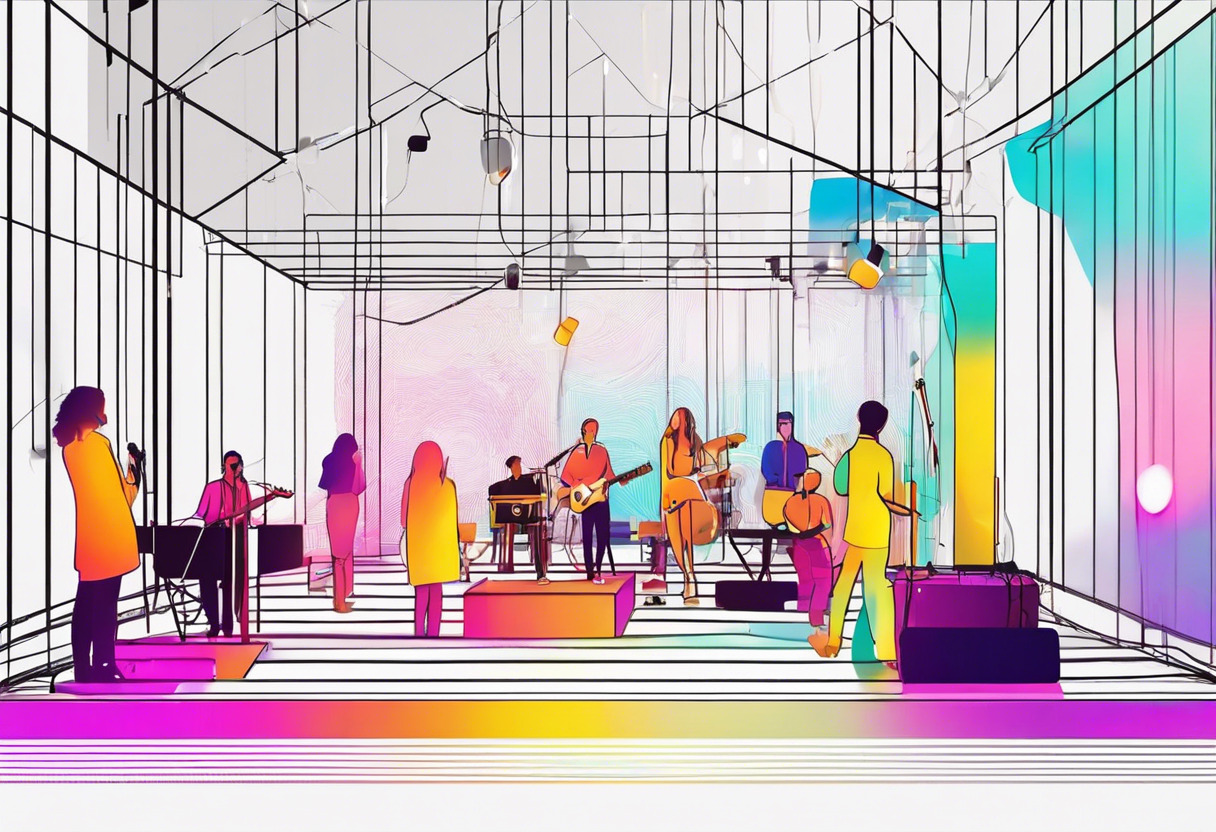
Pros of Jitter
- Enhances real-time sound synthesis capabilities
- Empowers third-party routine development
- Observed to significantly reduce HDMI jitter
- Incorporation of basic atomic data types broadens its adaptability
Cons of Jitter
- Focused mainly on audio and video synthesis, limiting its appeal to a narrower audience
- Requires proficiency in music and multimedia field
- Performance variations may occur due to dependence on interface
Code Examples for TouchDesigner & Jitter
TouchDesigner
In the following TouchDesigner code snippet, we build a basic solar system model. We invoke parameters that facilitate rotation and gravity emulation. Ensure TouchDesigner is updated to v099 for this script to work without hitches.
solarSys = op('project1')
solarSys.clear()
planets = ['Venus', 'Earth', 'Mars']
for planet in planets:
planet = solarSys.create(planet)
planet.par.tx = tdu.rand(1)
planet.par.ty = tdu.rand(1)
planet.par.tz = tdu.rand(1)
planet.par.sx = tdu.rand(1)
planet.par.sy = tdu.rand(1)
planet.par.sz = tdu.rand(1)
planet.par.rx = tdu.rand(360)
planet.par.ry = tdu.rand(360)
planet.par.rz = tdu.rand(360)Jitter
Now, let’s delve into Jitter. In this example code, we create a dynamic abstract landscape using a noise function. This algorithm requires Max/MSP/Jitter v5.1.9 and above for optimal performance.
var patch = this.patcher; //instanciate patcher
function bang() {
land = patch.newdefault(60, 100, "jit.gl.gridshape", "land");
noise = patch.newdefault(120, 80, "jit.bfg", "@adapt", "0", "@name", "noise");
myslab = patch.newdefault(80, 100, "jit.gl.slab", "@file", "bfg.jxs");
var end = patch.getnamed('end');
patch.hiddenconnect(noise, 0, myslab, 0);
patch.hiddenconnect(land, 0, end, 0);
}TouchDesigner or Jitter – Make Your Choice
Having analyzed these powerful technological tools, the final verdict as to which is a better choice will depend on your specific requirements and area of use. Let’s delve into the specifics.
AR/VR Creators
Consider TouchDesigner if you’re an AR/VR creator seeking high-performing 3D geometry generation and procedural geometry tools. Its compatibility with Windows and MacOS along with its use in creating immersive experiences make it a compelling choice. Particularly so, if you want a one-stop destination for real-time visual creating and enhancing.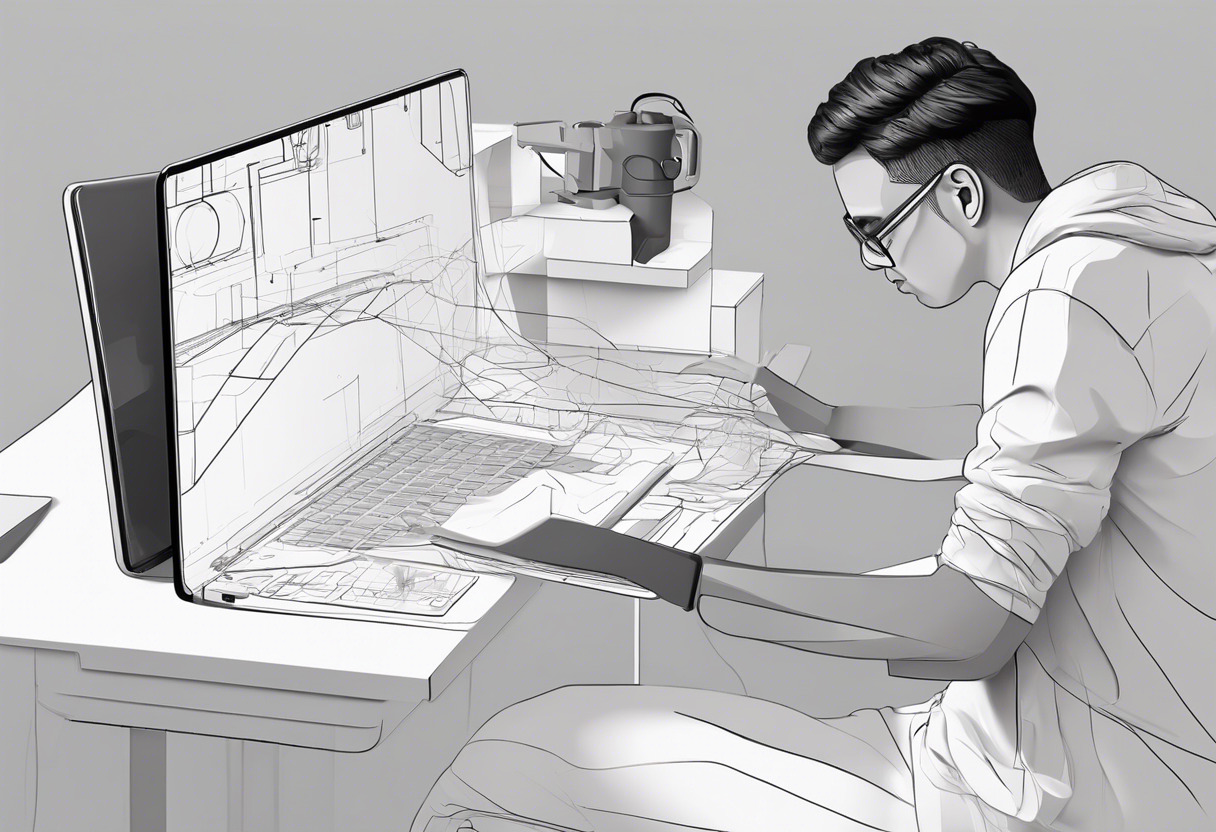
Performers and Artists
For performers and artists, the ability of Jitter to handle real-time sound synthesis that can manipulate digital audio signals makes it your go-to tool. Its roots in live music performance and specific development for compositions increase its scoring capacity in this area.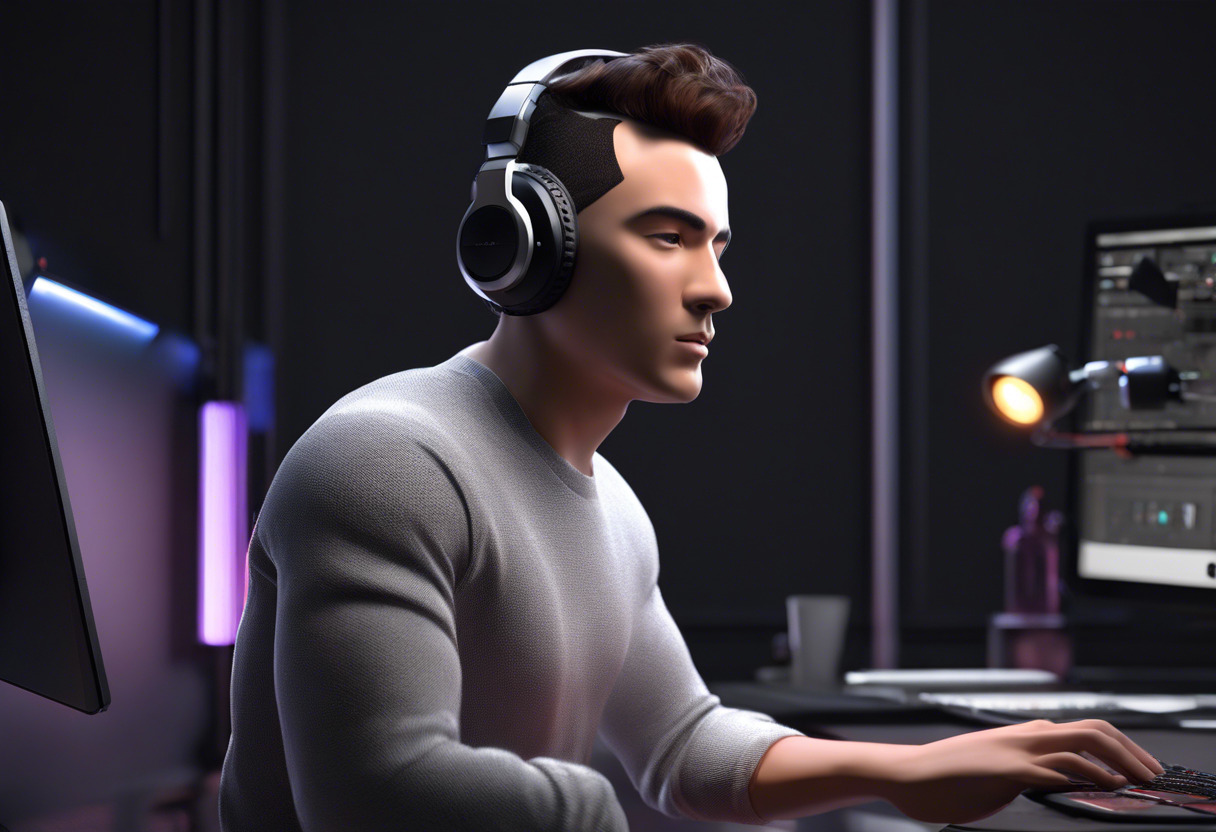
Software Designers
Look to Jitter if you’re a software designer who values third-party development of new routines. Its modularity and the ability to interface between stored digital data and real-time playback enhances its appeal for your sector.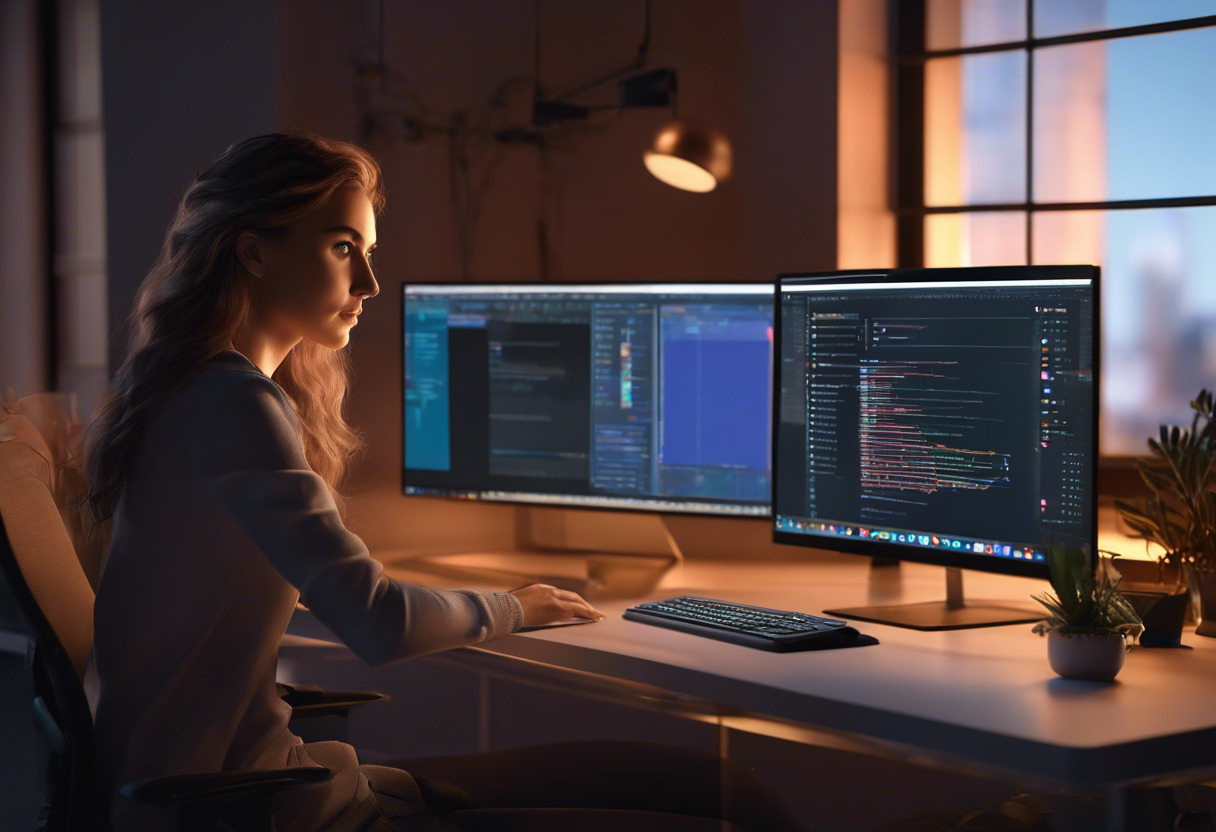
Developers and Coders
Developers and coders looking for device and software interoperability, scripting, and programming might find more value in using TouchDesigner. Its spectrum of operators from Components to Data adds an additional layer of adaptability for you in various programming contexts.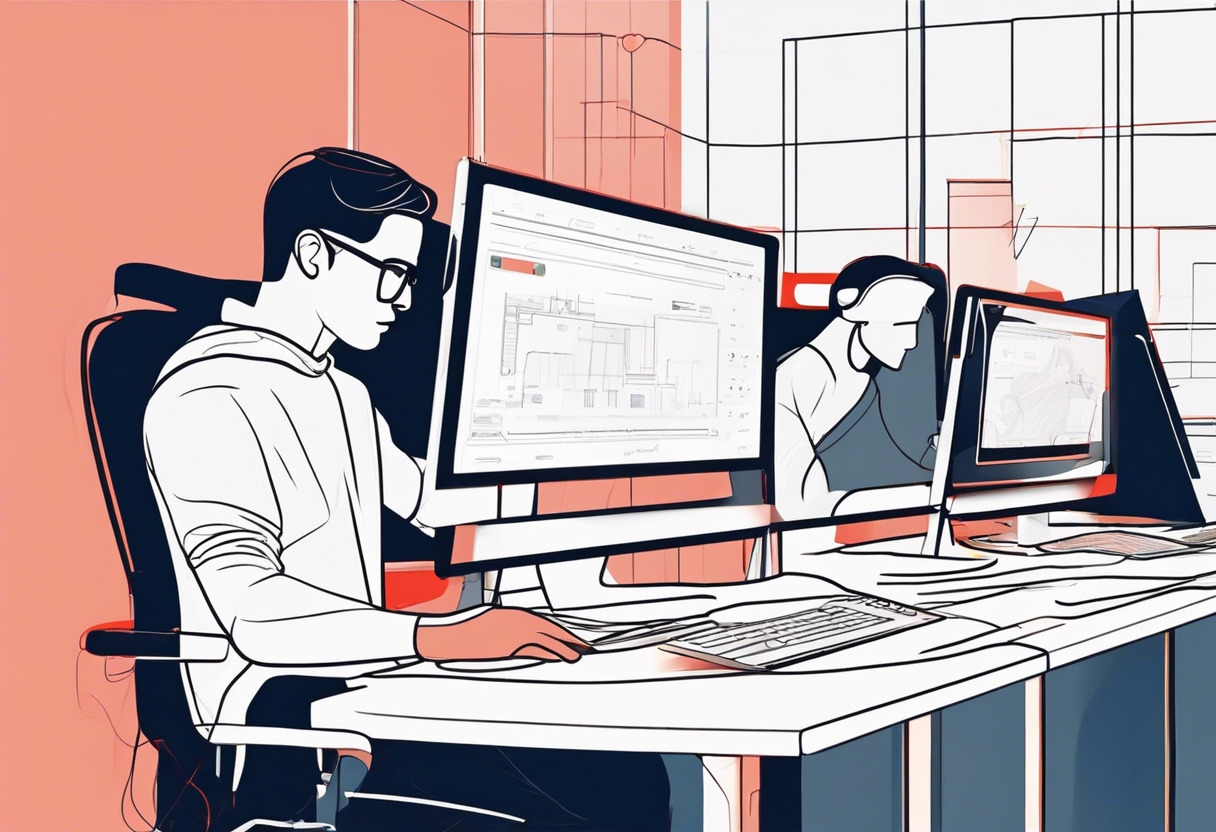
Ultimately, whether you choose TouchDesigner or Jitter largely hinges on your unique use-cases. For 3D generation and immersive experiences, give TouchDesigner a go. But if you need real-time sound synthesis and are performing for a live audience, let Jitter lead the way.
Grant Sullivan
Content writer @ Aircada and self proclaimed board game strategist by day, AI developer by night.



